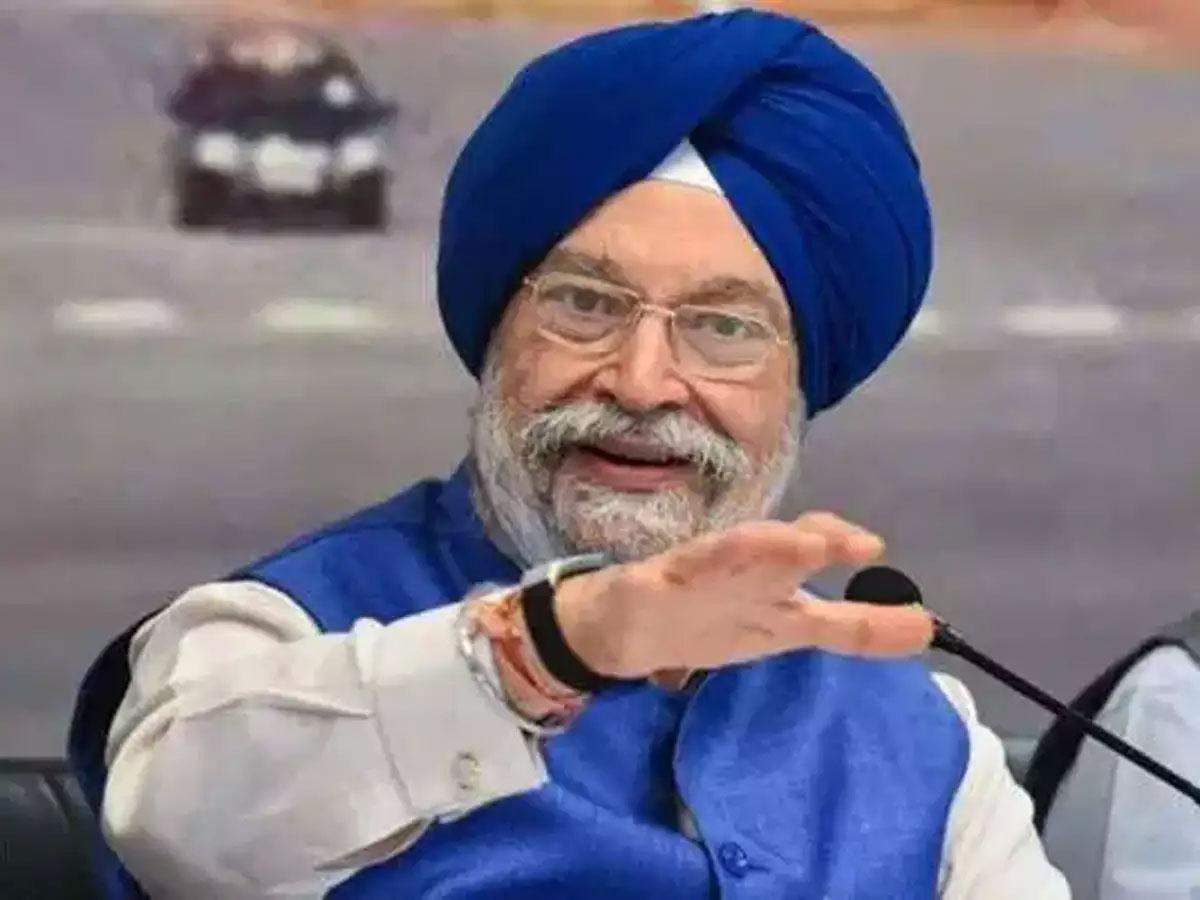Increasing Prices Dampen India’s Demand for Russian Oil
Indian purchases of Russian crude, despite defying Western pressure regarding the Ukraine war, have declined to an 11-month low. This decrease is attributed to a rise in the price of discounted Russian oil. Over the past two years since the invasion of Ukraine, India has been a significant buyer of cut-price Russian crude, saving billions of dollars while indirectly supporting Moscow’s financial resources for the war.
Despite the sanctions against Moscow, India has consistently ranked as the second-largest customer for Russian crude, following China. Indian officials have openly acknowledged their prioritization of national interests over international sanctions.
However, the recent increase in the price of Russian crude, influenced by OPEC+ production cuts and growing demand from China, has made it less appealing to Indian buyers. In the last month, Indian refiners purchased 1.45 million barrels per day of Russian oil, marking the lowest volume since January of the previous year and representing a nearly 16 percent decrease from November.
These figures indicate a shift in India’s buying patterns and highlight the impact of changing market dynamics on the country’s energy trade decisions.
The “interplay between India and China” was a key driver of the change, Viktor Katona, a lead crude analyst at Kepler told AFP, “as both countries now vie for the same barrels”.
The recent decline in Indian purchases of Russian crude, leading to an 11-month low, has significant implications. Despite defying Western pressure over the Ukraine war, Moscow emerges as the major beneficiary, with Russian crude trading above $85 per barrel, surpassing the $60 price cap imposed by a coalition of the G7, EU, and Australia a year ago.
While this reduction in imports may ease concerns among European policymakers regarding Indian refiners processing Russian crude for the European market, it also underscores the enduring ties between New Delhi and Moscow. The historical partnership, dating back to the Cold War, remains intact, with Russia being India’s primary arms supplier.
India’s reluctance to explicitly condemn Russia for its invasion of Ukraine, coupled with a pursuit of stronger security ties with the United States, reflects a pragmatic approach. Instead of aligning with the West, India has reinforced its historical partnership with Russia to secure affordable energy, aiding in economic growth without significantly impacting its fiscal deficit.
Russia has now become India’s top oil supplier, surpassing traditional Middle Eastern exporters, and remains so despite recent declines. India, being the world’s third-largest importer and consumer of oil, relies on imports for nearly 80% of its energy needs.
In the 10 months following Russia’s invasion of Ukraine, India saved $3.6 billion by importing heavily discounted crude from Russia, illustrating the economic considerations driving its energy decisions. Government officials emphasize that the recent changes are driven by pragmatism and market dynamics rather than political considerations.

“If they don’t offer us a discount, why would we buy from them,” Indian oil minister Hardeep Singh Puri told reporters last week.
“India’s leadership has only one requirement: that the Indian consumer gets the energy at the most economical price, without disruption,” he added.
In November, Indian refineries paid an average of $85.90 per barrel for Russian crude, according to Bloomberg’s analysis of government data. This figure is slightly above the $85.70 offered by Iraq but significantly higher than the G7’s $60 price cap. Moscow, facing a 50% drop in energy revenues, is seeking to shore up its oil earnings.
Despite the challenges posed by logistical issues and a preference to avoid paying for Russian oil in US dollars, Indian officials maintain that the recent drop in imports is primarily a result of the price at which refineries are willing to purchase.
Related Posts
Notably, a deal between the state-run Indian Oil Corporation and a Russian oil supplier to buy Sokol-grade oil from the Pacific island of Sakhalin in UAE dirhams fell through due to the inability to open a UAE bank account for the currency. The shipment, originally intended for India, changed course and is now reportedly en route to a Chinese refiner.
While there may be some reduction in the efficacy of the price cap, it is acknowledged that the cap is still influencing Moscow’s shipping and insurance costs. The situation underscores the complex interplay of economic considerations, sanctions, and global energy dynamics in shaping international oil trade relationships.

















